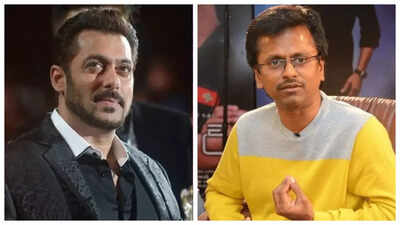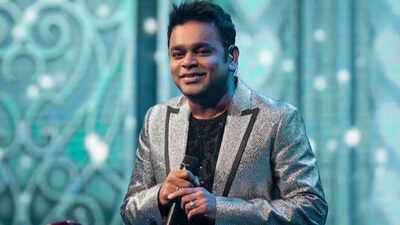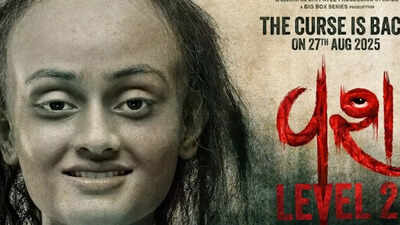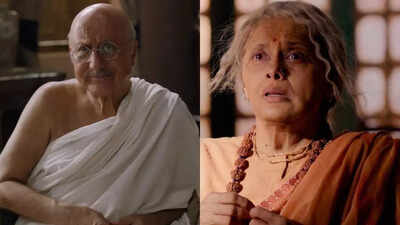The ‘Gen Z’ protests in Nepal, which quickly spiralled into turmoil, saw a violent mob assaulting five-time Nepali Prime Minister Sher Bahadur Deuba and his wife, and the death of former PM Jhala Nath Khanal’s wife Rajyalaxmi Chitrakar.

On Monday, the protesters, led by youth angry about the blocking of several social media sites, gripped the capital Kathmandu, forcing police to open fire on the crowds, which killed 19 people.
The protests had further flared up and turned ugly on Tuesday as demonstrators set fire to government buildings and politicians’ homes and attacked some leaders, despite Prime Minister KP Sharma Oli’s resignation.
The protesters didn’t even spare the former prime minister and their families. Videos shared on social media showed the mobs beating up Sher Bahadur Deuba, who is also the Nepali Congress party leader, and his wife and foreign minister Arzu Rana Deuba. Both appeared to be bleeding, while one video showed the party leader being helped to safety. The party is the country’s largest and is part of the governing coalition.
A mob also set a house belonging to former prime minister Jhala Nath Khanal on fire in Dallu. His wife, Rajyalaxmi Chitrakar, who was trapped inside the house, sustained serious burn injuries, according to eyewitnesses. She reportedly succumbed to her injuries at a hospital.
Hours before KP Oli’s resignation, the protesters set on fire the Nepalese leader’s private house in Balkot, and attacked properties of President Ramchandra Paudel, former prime minister Pushpa Kamal Dahal, communication minister Prithvi Subba Gurung and former home minister Ramesh Lekhak.
The houses and offices of several prominent leaders were set on fire, according to eyewitnesses.
With the situation deteriorating rapidly, the top leadership of the Nepali Army and other security agencies issued a joint appeal calling for restraint and resolution of the crisis through dialogue.
Anger over social media ban was just the beginning
The social media ban was lifted on Tuesday, but the protests continued, fueled by rage over the deaths and accusations of political corruption.
President Ram Chandra Poudel, the ceremonial head of state, appealed to the protesters to pursue a peaceful resolution and stop further escalation. He accepted the resignation of Oli and appointed Oli to lead a caretaker government until a new one is in place, though it was unclear what power he would wield or even where he was.
Gen Z protests in Nepal
The demonstrations, called the protest of Gen Z, began after the government blocked social media platforms, including Facebook, X and YouTube, saying the companies had failed to register and submit to government oversight.
But the protests spiralled to reflect broader discontent. In particular, many young people are angry that the children of political leaders, so-called nepo kids, seem to enjoy luxury lifestyles and numerous advantages, while most youth struggle to find work.
With youth unemployment running at about 20 per cent last year, according to the World Bank, the government estimates that more than 2,000 young people leave the country every day to seek work in the Middle East or Southeast Asia.













































